Neuroscience

Neurotransmitter receptors function via various G-protein coupled and G-protein independent mechanisms that activate downstream intracellular signaling pathways such as cAMP/PKA, PI3K/AKT, phospholipase A2, and phospholipase C pathways. For instance, dopamine receptors act through adenylate cyclase to activate PKA and other signaling molecules, thereby mediate gene expression through the actions of CREB and other transcription factors. Other neurotransmitters such as NMDAR or AMPAR are associated with ion channels that control flux of Ca2+ and Na+, thus propagating the action potential across the post-synaptic neuron.
Dysfunctions in GABAergic/glutamatergic/serotonergic/dopaminergic pathways result in a broad range of neurological disorders such as chronic pain, neurodegenerative diseases, and insomnia, as well as mental disorders including schizophrenia, bipolar disorder, depression, and addiction.
-
 B6297 Benzoquinonium dibromideSummary: inhibitor of AChR and ganglion
B6297 Benzoquinonium dibromideSummary: inhibitor of AChR and ganglion -
 B7213 CP 96345Summary: NK1 receptor antagonist
B7213 CP 96345Summary: NK1 receptor antagonist -
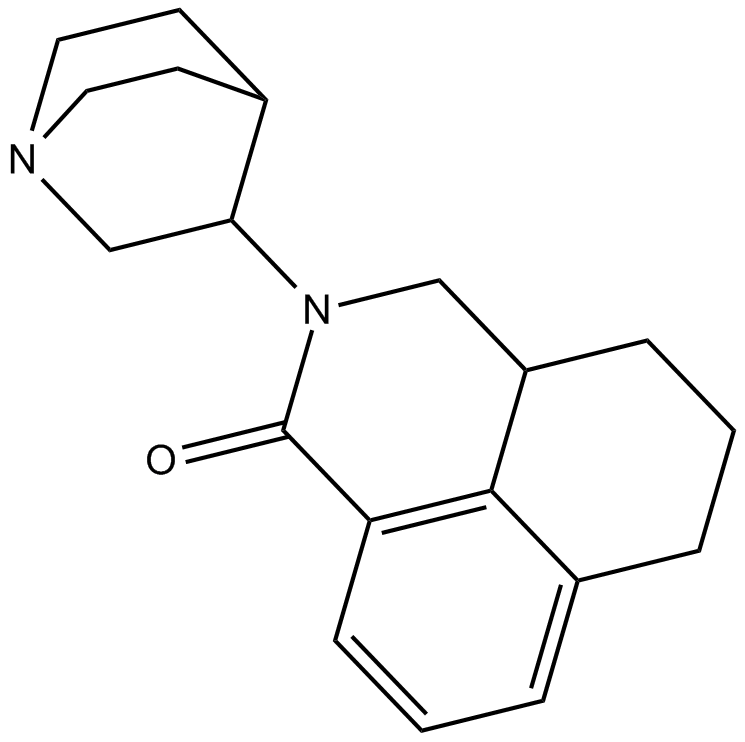 A3697 PalonosetronSummary: 5-HT3 antagonist
A3697 PalonosetronSummary: 5-HT3 antagonist -
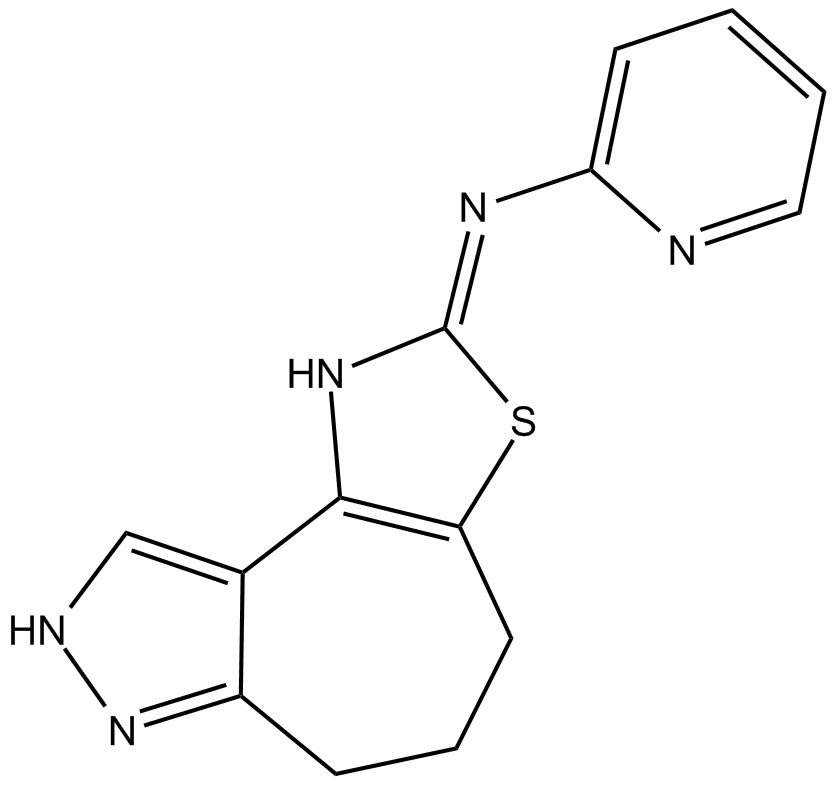 B5565 TC-N 22ASummary: mGlu4 receptor positive allosteric modulator
B5565 TC-N 22ASummary: mGlu4 receptor positive allosteric modulator -
 A1038 Amyloid β-Peptide (10-20) (human)Summary: Initiates neurodegeneration in Alzheimer disease
A1038 Amyloid β-Peptide (10-20) (human)Summary: Initiates neurodegeneration in Alzheimer disease -
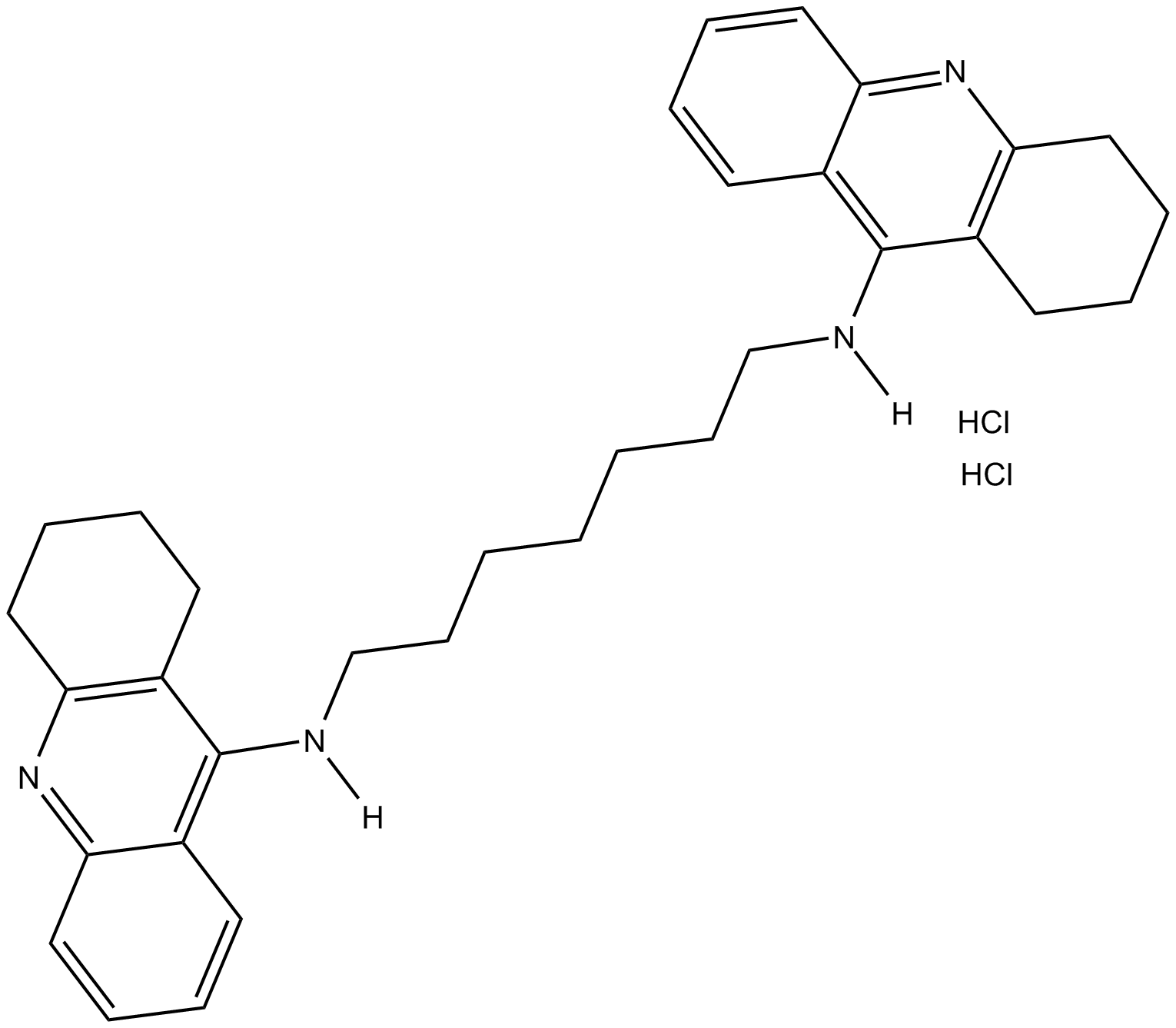 C4594 bis(7)-TacrineSummary: AChE inhibitor
C4594 bis(7)-TacrineSummary: AChE inhibitor -
 B1132 TarafenacinSummary: M3 muscarinic receptor antagonist
B1132 TarafenacinSummary: M3 muscarinic receptor antagonist -
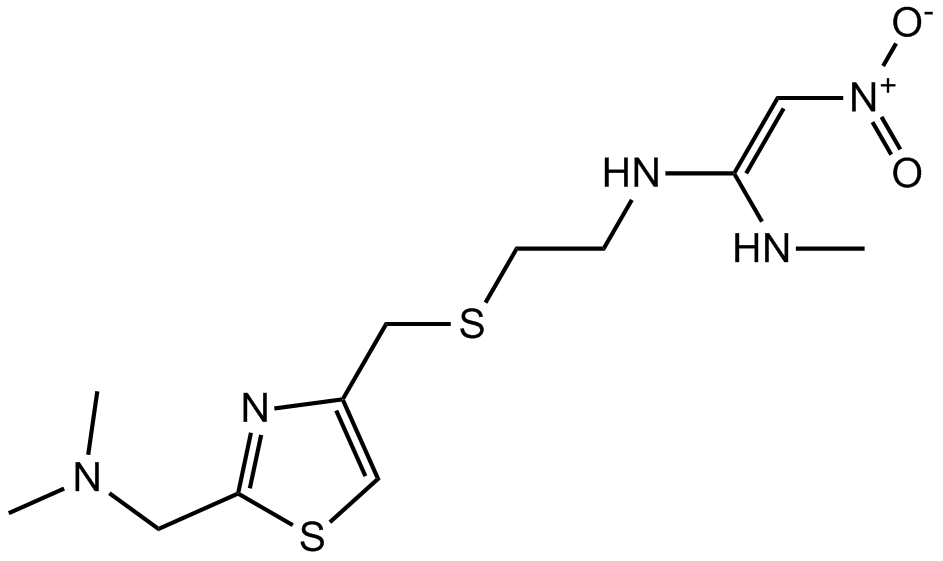 B1552 NizatidineSummary: Histamine H2 receptor antagonist
B1552 NizatidineSummary: Histamine H2 receptor antagonist -
 B1486 Amantadine HClSummary: Dopamine receptor agonist
B1486 Amantadine HClSummary: Dopamine receptor agonist -
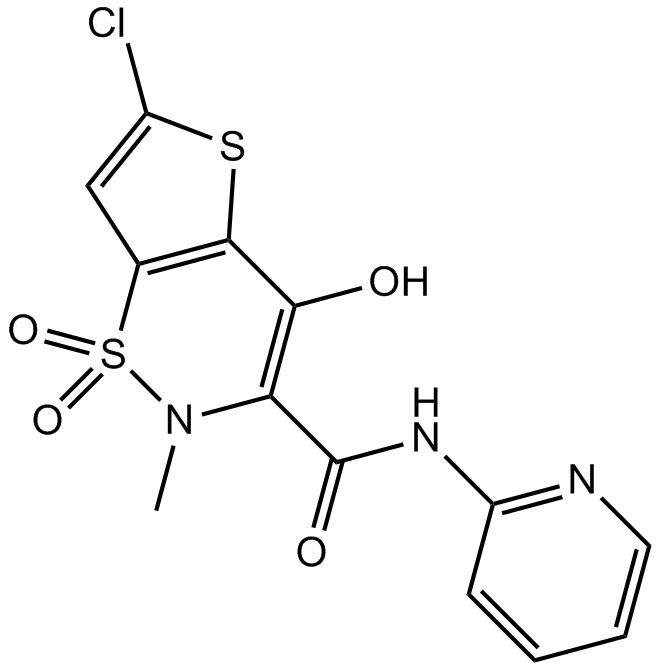 B1441 LornoxicamTarget: COXSummary: COX-1/COX-2 inhibitor
B1441 LornoxicamTarget: COXSummary: COX-1/COX-2 inhibitor

